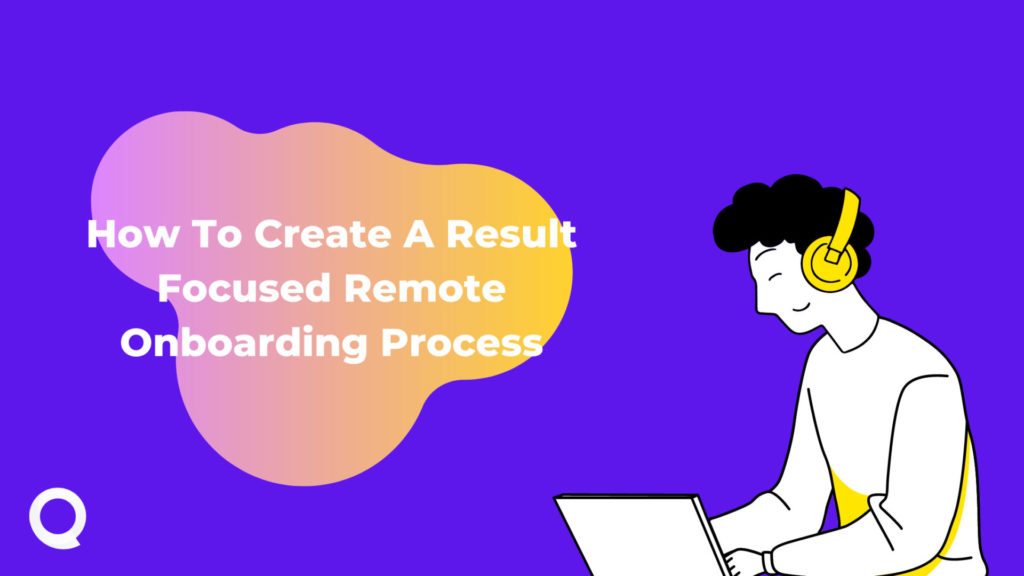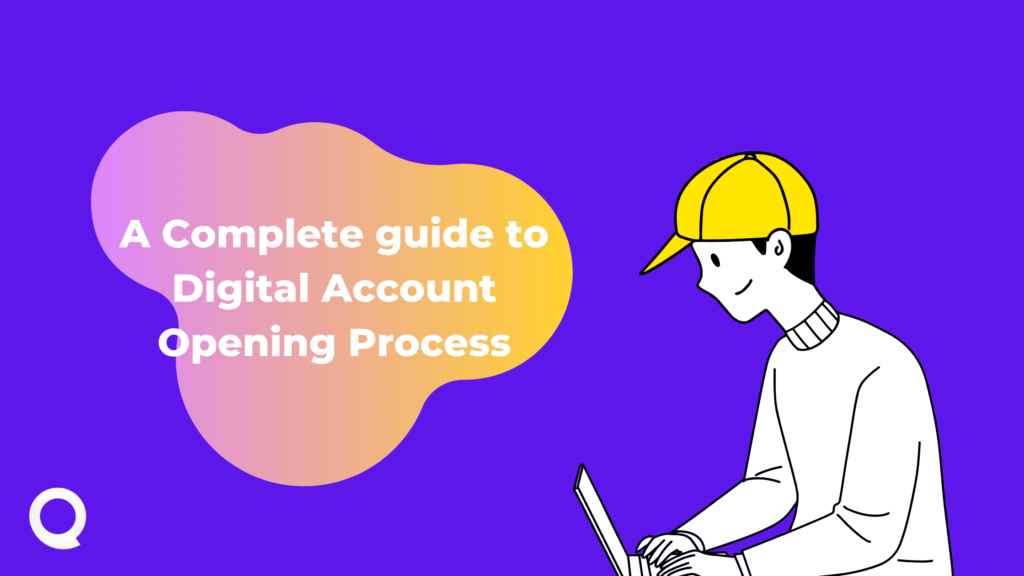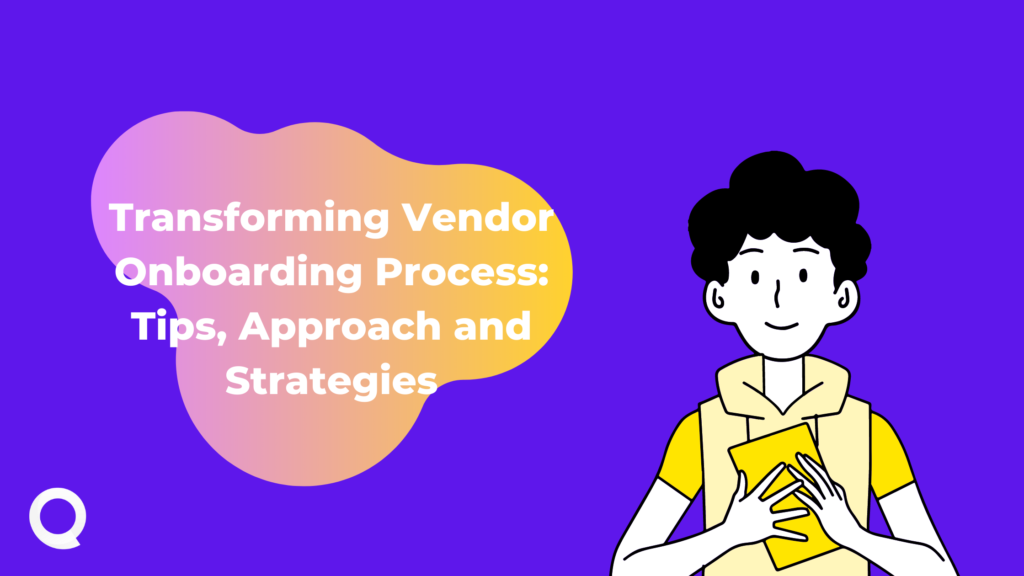As we have already seen that how this year due to pandemic millions of people, including those who had never previously worked from home, have been forced to work from home. This year many companies all over the world who are thinking to make their onboarding process remote are putting them into effect. Many companies were able to move forward with digital onboarding because of their time and working of their team together. But some are still not able to switch their process remotely this is because of lack of knowledge, time, feasible solution etc.
Today, in this article, we will go into depth about how one can bridge remote onboarding demands and who will assist them in the process, so let’s get started. Before we go further, let us first define what we mean by remote onboarding.
By remote onboarding we mean to say that we don’t need any physical presence for the onboarding process. Now the question that arises here is how to do remote onboarding so we are here to help you with that.
How to do Remote Onboarding?
Assume you wish to onboard at a borrower remotely that is a lending institution. The first step will be to complete an online registration form. The major goal here is to bridge any company’s or institution’s remote onboarding procedure, now the question here is what is the procedure involved in that, and what are the prerequisites required to complete the remote onboarding process? It is something that will be discussed in our entire article regarding how client onboarding will be transformed online.
Let us take an example to explain this concept imagine there is a lending company and they wish to move their loaning mechanism digitally, what is the process involved in that? The first phase is most likely to fill out the form, which can be done on the website or on smart phone, and no doubt the form will be filled only after it has been created. But how can you design your multistep registration form based on your preferences, logic, and specifications?
Also Read: How to : Revamp Digital client onboarding Experience
Don’t worry, QuickBoarding will assist you in creating a multistep form where you can deploy the logic, mechanism, and specifications that you want the customer to provide you. QuickBoarding provides you a platform for creating and filling out the form. The best thing about us is that we have a no-code platform, which means you can quickly modify something in your onboarding process at any time without relying on someone.
Let’s move on to the next step, which is loan information. The third stage will be company details, and the final step will be document verification and approval. So these are the four stages that must be completed in order to register themselves for loaning process.
How to build the Remote Onboarding procedure?
Stage 1
All you have to do to create the framework for the registration process is simply come to our platform where you have to add all four stages and at each stage, you have to add the fields you want in your flow for collecting information that can be easily done by the drag and drop property we provide you. During the form’s construction, the user may also perform logic switching. By logic switching, we mean that based upon the customer inputs the onboarding flow will vary in order to create a more personalized onboarding experience.

Let us illustrate this with an example. Assume we are in the loaning process and we have two people to whom we would give the loan. One is existing customer, and the other is a new customer. So from the new customer, we will take all the details from the very beginning till the end, on the other hand, the existing customer doesn’t need to provide all the details again as the details of the existing customer is already with us so there is no need to collect the details from the existing customer again. As a result, in such a case, we will perform logic switching, where the logic will be that if a customer enters their phone number, we will verify whether the phone number entered already resides in our database or not. This allows us to determine if the individual is an existing or a new client.
For existing customers, we will skip the rest of the onboarding process where they need to fill all of their information because it is no longer necessary due to the customer’s already existing information. This is known as logic switching. Let us return to the beginning, where we explored the processes of lending and how it will be produced in the first stage of a multistep form before going on to the second stage.
Stage 2
The second stage is all about document collection. Since the whole process is taking place online, record collection is also taking place remotely, which means that the user just has to upload the details and the records can be moved forward in the next steps.
Stage 3
The third stage is video KYC in the case of lending, video KYC is needed, and it is a RBI-regulated thing VCIP (Video Customer Identification Process). Now, let us get into the details of video KYC, like what it is all about and how it is carried out. In general, we know that during the loaning process, we need to visit the bank for multiple times for variety of reasons, such as face identification to prove our identity etc.

But now it is no more required as once the whole process is been completed and comes to an end than to make sure that your details are not misused certain companies provide KYC services by which the bank will be integrated. When you finish the process of submitting the documents, a video call is forwarded to the bank executive, and the individual will have a video call with the executive, during which they need to answer some specific questions and show their documents to the bank executive.
Stage 4
The next step is user KYC, which will be handled by EKYC APIs. EKYC and risk identification of record authentication will be handled by two systems in the backend. The EKYC will be performed using the customer’s records, for example, if a customer enters their Aadhar number during the registration process, we will go straight to the UIDAI as it is used for the Aadhar registration, where we can obtain all of the information and can easily crosscheck the details that whether the information you entered during registration matches the information on your Aadhar card or not. Once all data matches, the EKYC is completed, and the backend process is completed, and hence the user KYC, is also completed at the same time.
Stage 5
You can build risk models with factors like work experience, income, salary, savings etc. To digitally onboard anyone, first build custom forms. Second, for record purpose we must gather documents. When these two steps are completed, if you want to do video KYC, various organizations provide integration for video KYC, and then you can do that also. If you want to do risk analysis, you can create data models to perform customer risk analysis based upon different parameters such as document, EKYC results and input factors. This model can be built by assigning weightage to each user input. Based on that weightage we automatically calculate customer risk score.
Stage 6
Document verification is the most important aspect of remote onboarding. Don’t worry; we’re here to make this process as simple as possible for you. Yeah, QuickBoarding will assist you in document verification through multiple 3rd integrations. We know today the need of the hour is to make your process digital. If you want to grow business during this time then digital onboarding is your only choice, and it is important.
Conclusion
We have covered all that is needed for the remote onboarding phase by the end of the article, but we know you do have one question: how do you digitally convert all of the processes? To do so, you must convert various processes such as record collection, user authentication, risk analysis, and so on. Risk analysis is needed in the case of lending because it is not required everywhere. If you have completed the risk analysis, VKYC and EKYC the digital onboarding solution is ready.
But wait, you have to pay a lot of money to do all of this, because there are so many deployment processes. To save your money and to avoid this hectic process, we are providing you with a free automated onboarding solution i.e. QuickBoarding.
About Quickboarding
Quickboarding on/off-boarding resolution is the best suit for vendor onboarding automation. Its receptive use and self conjugation platform help Banks, HR, and Insurance firms in automating completely different reasonably on/off-boarding use cases. Contact the North American nation if you would like to envision and skill a digital transformation in your business.


